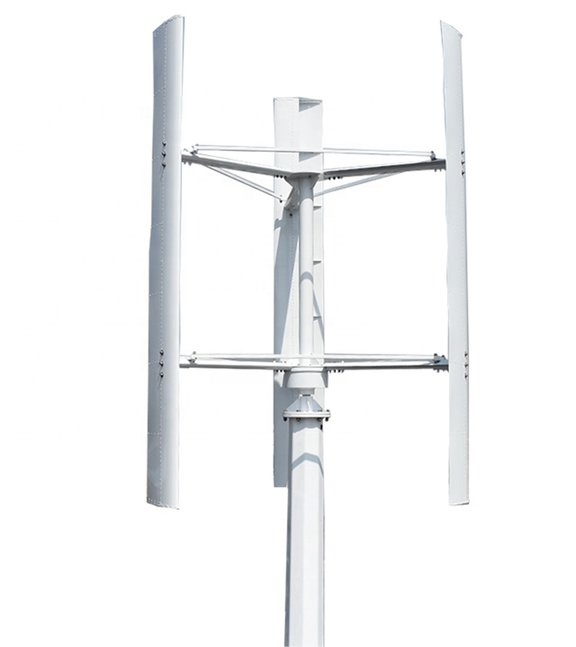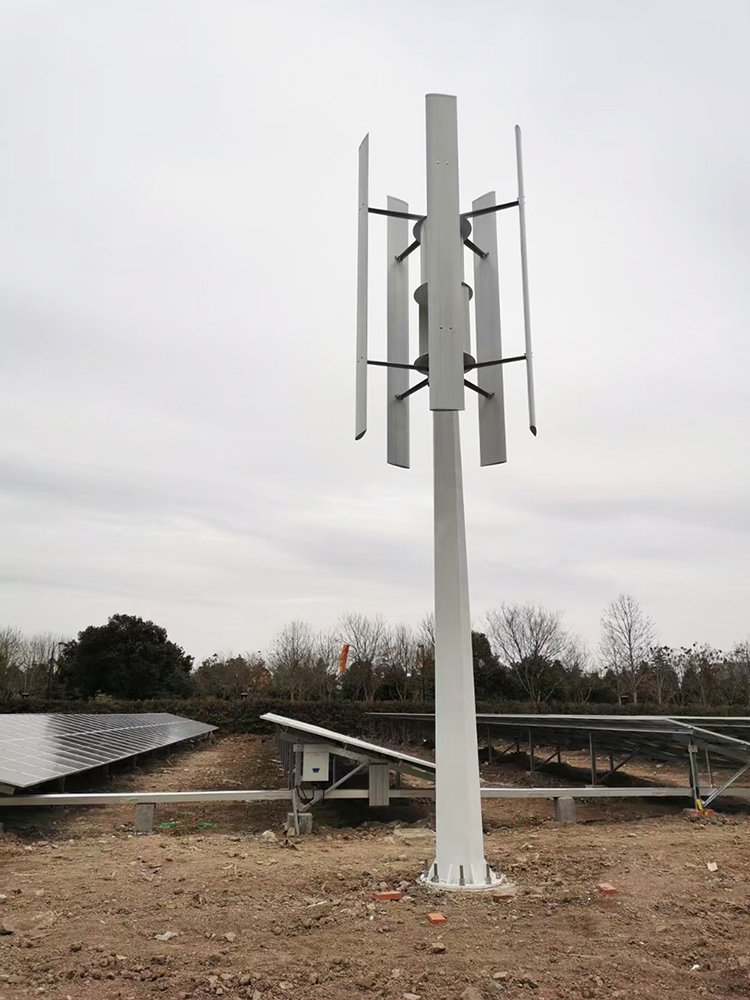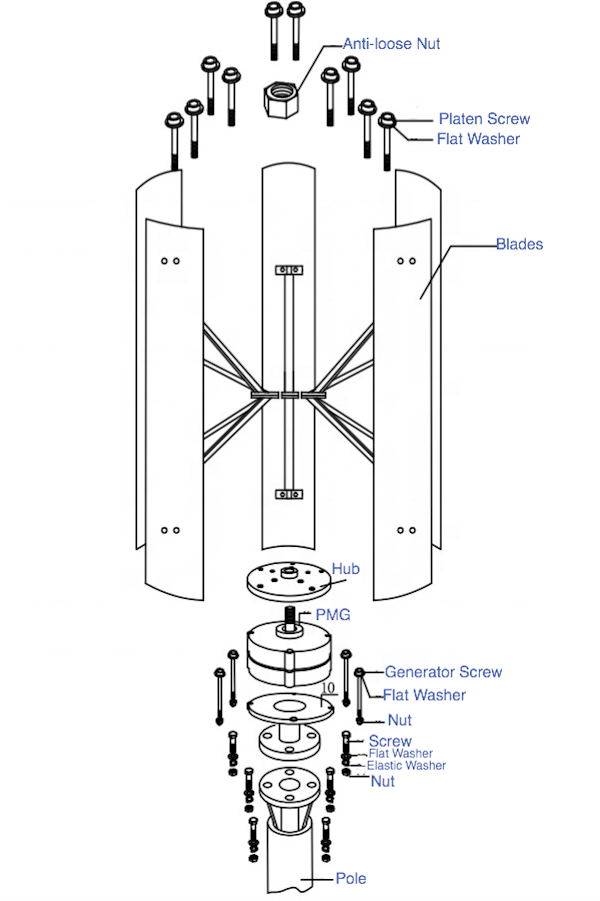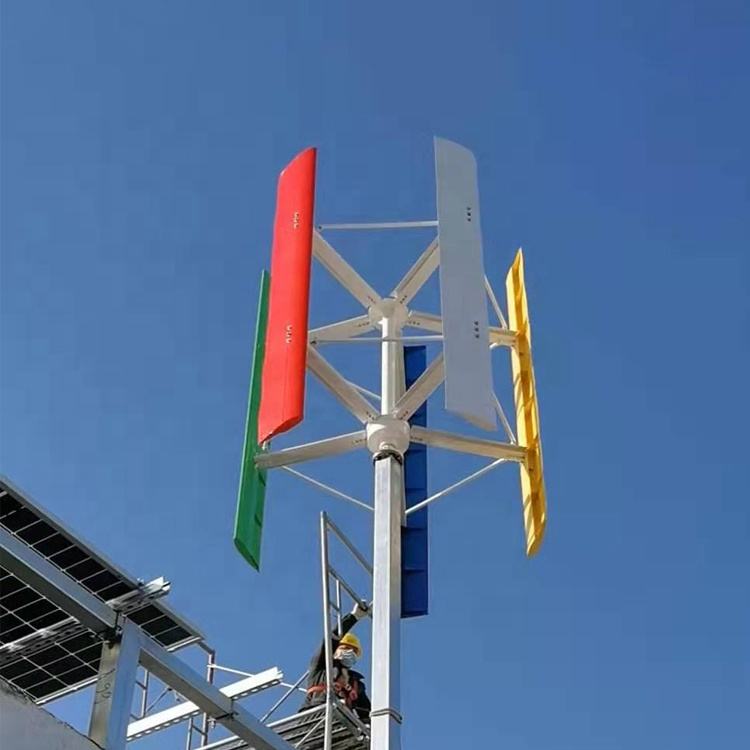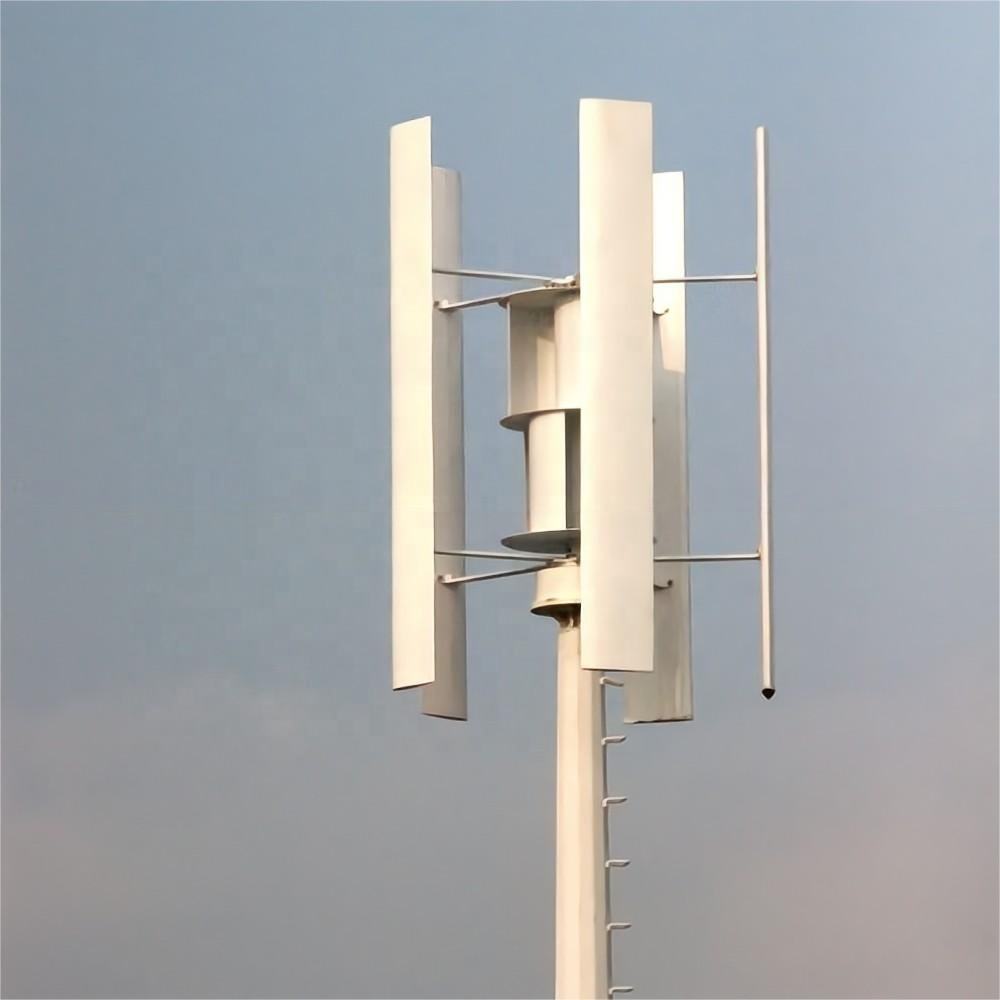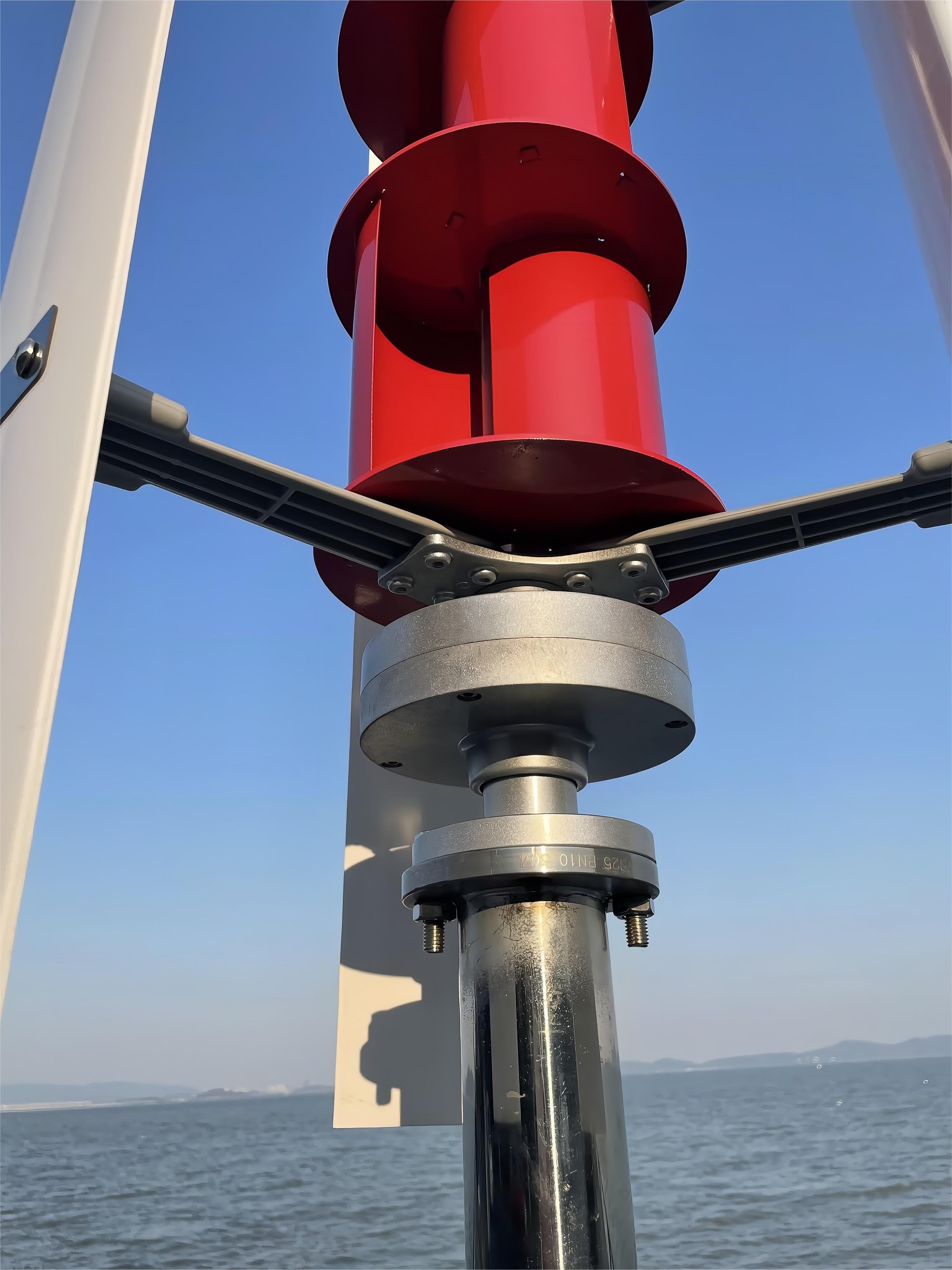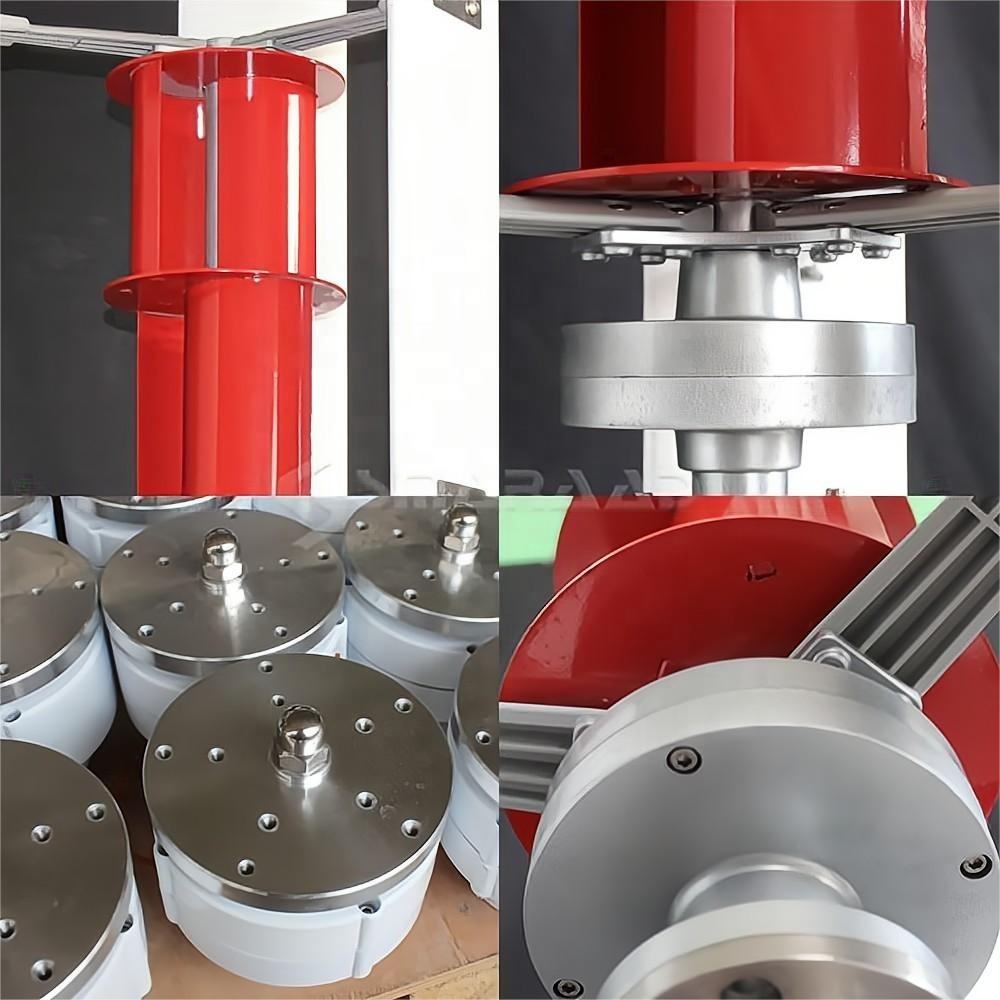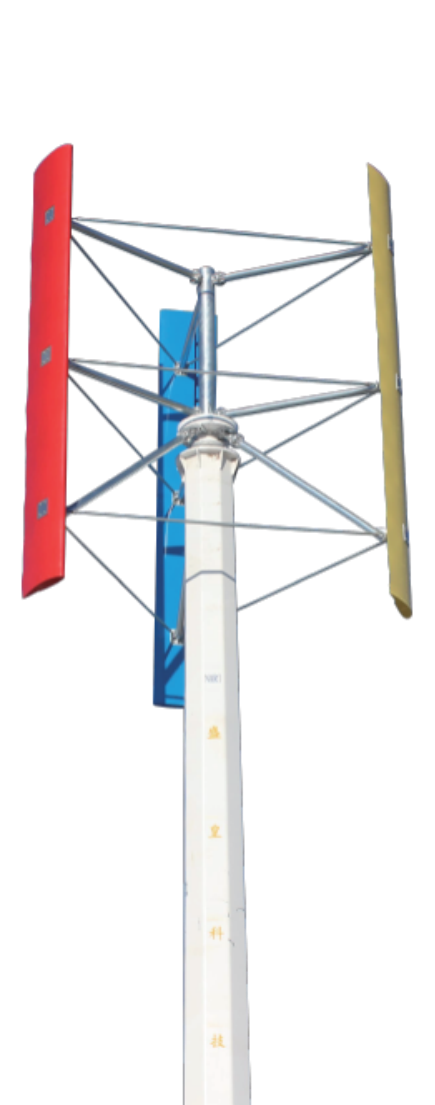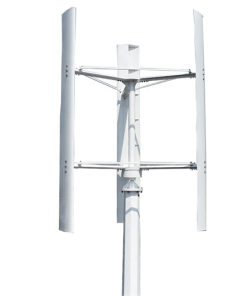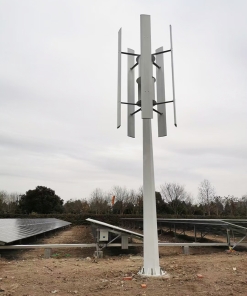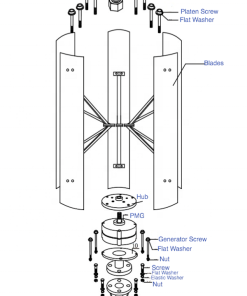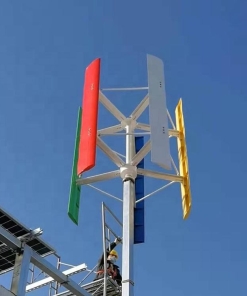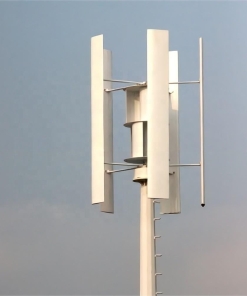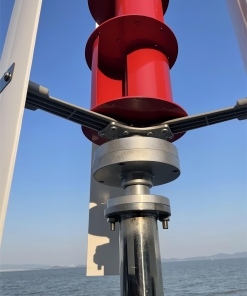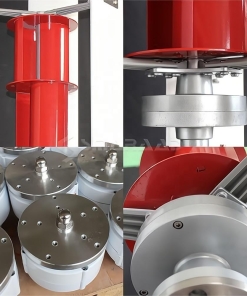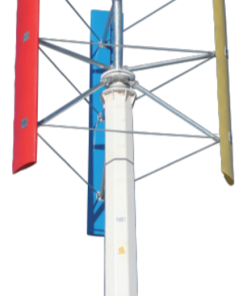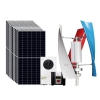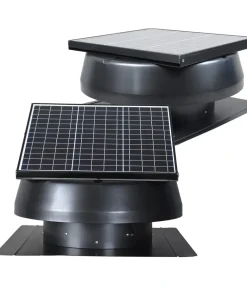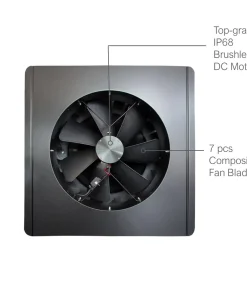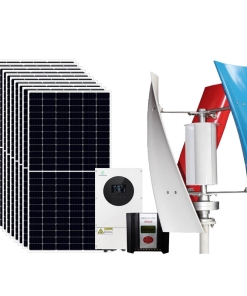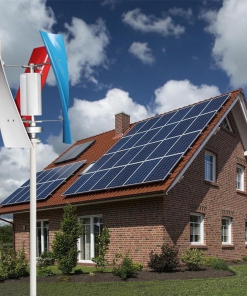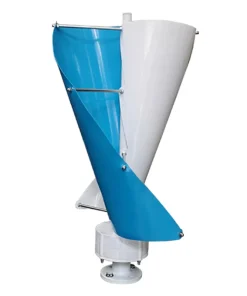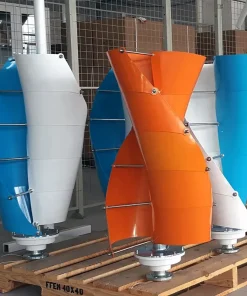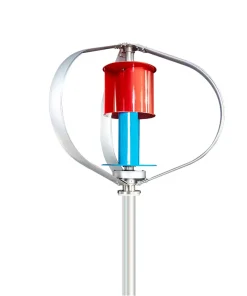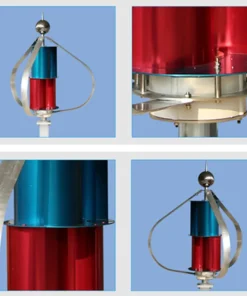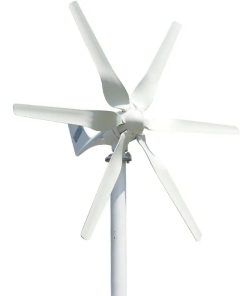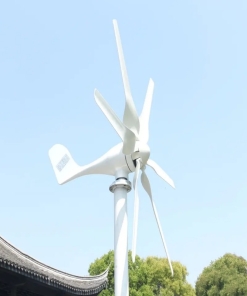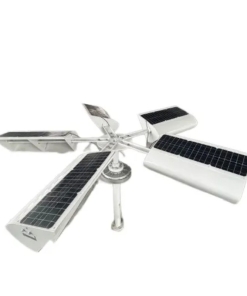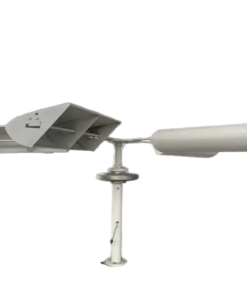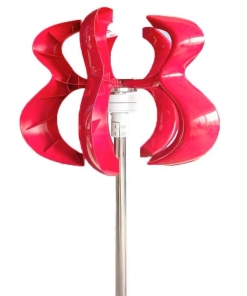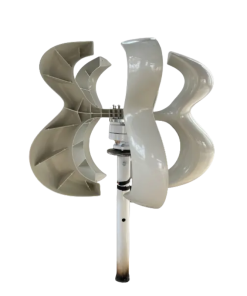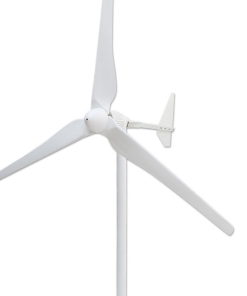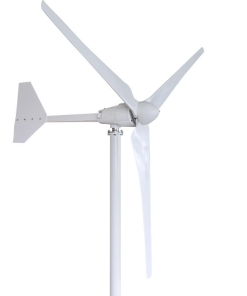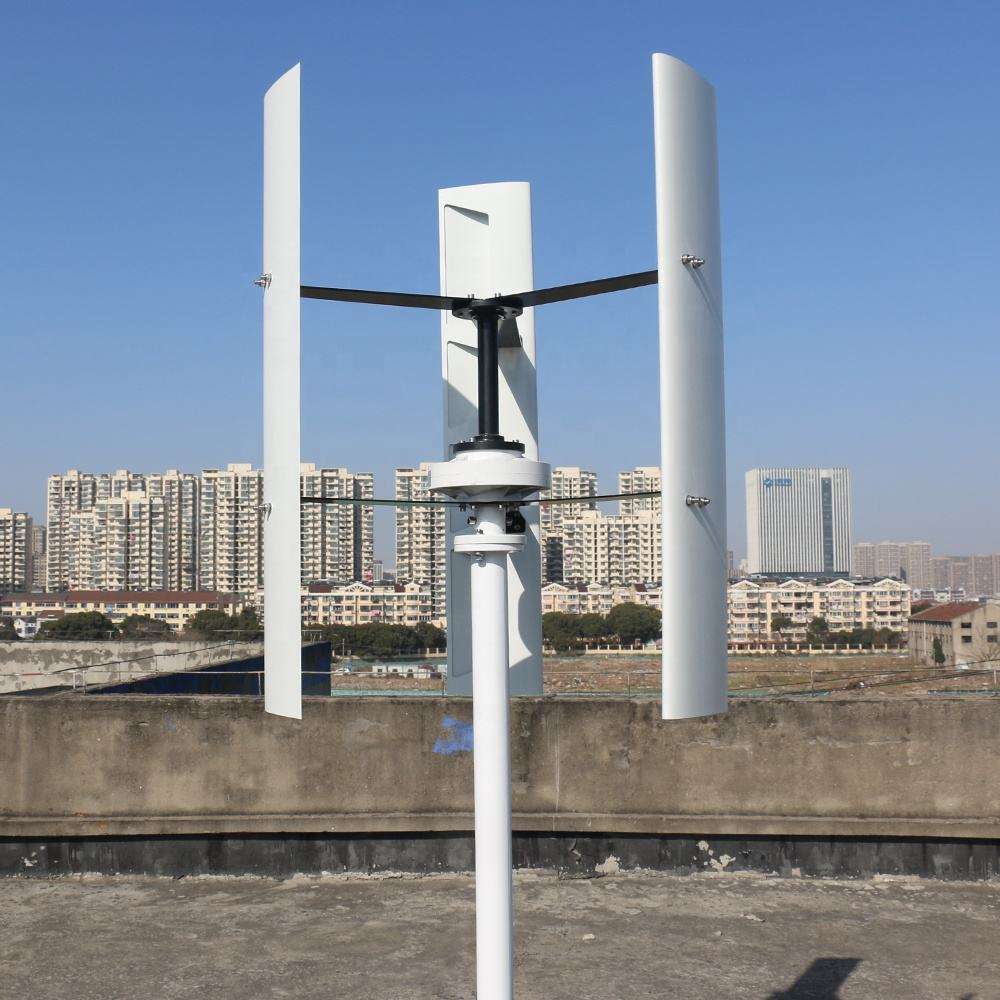
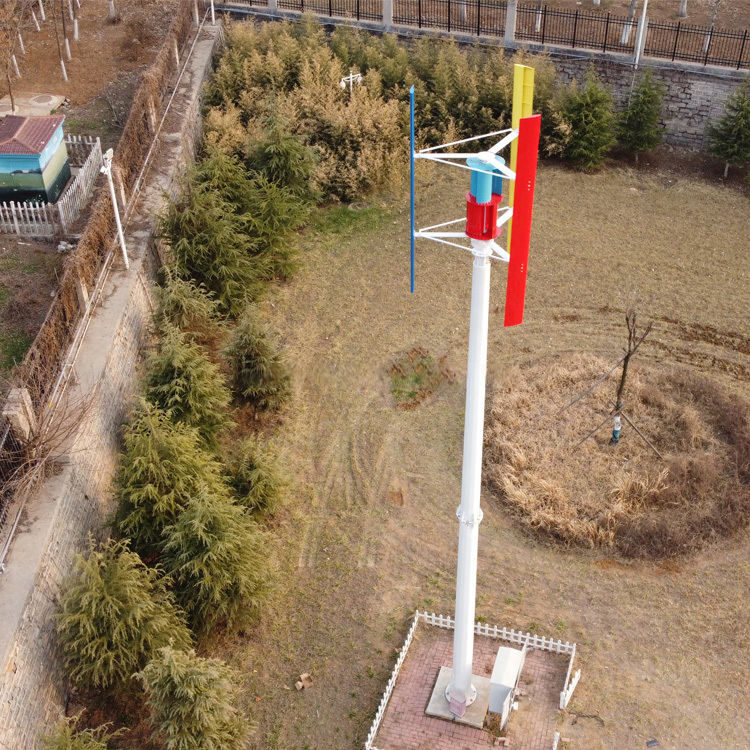
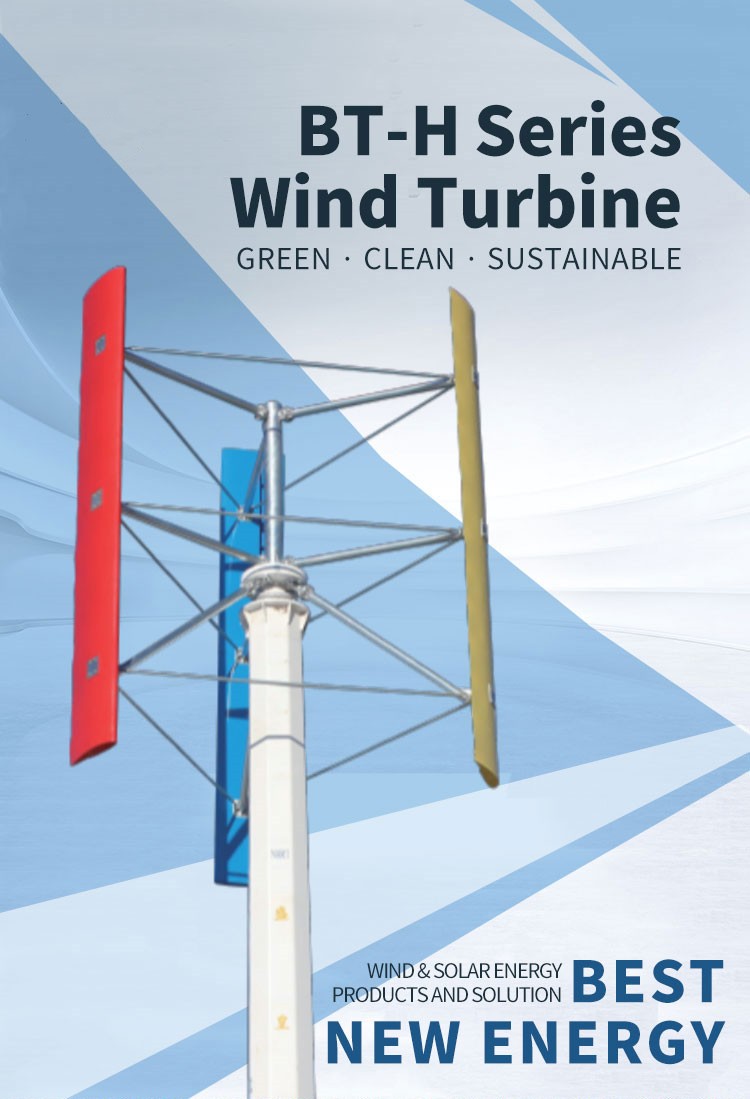
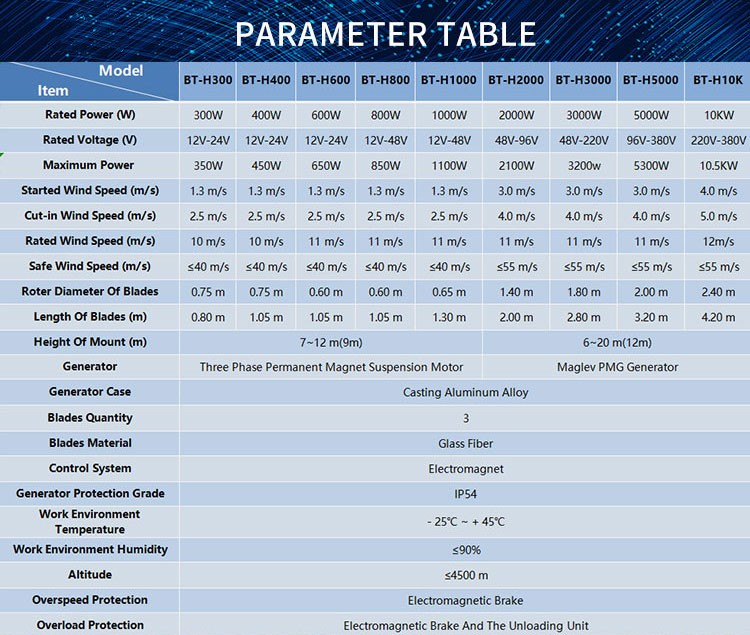
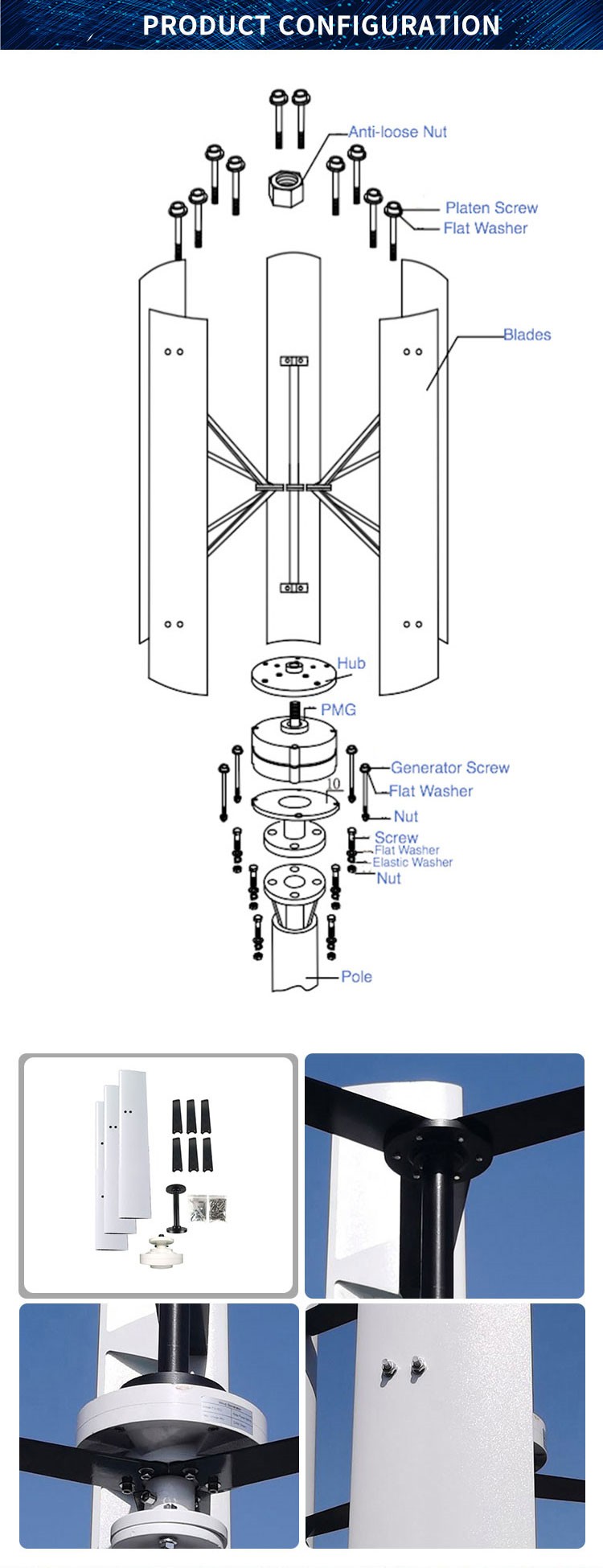
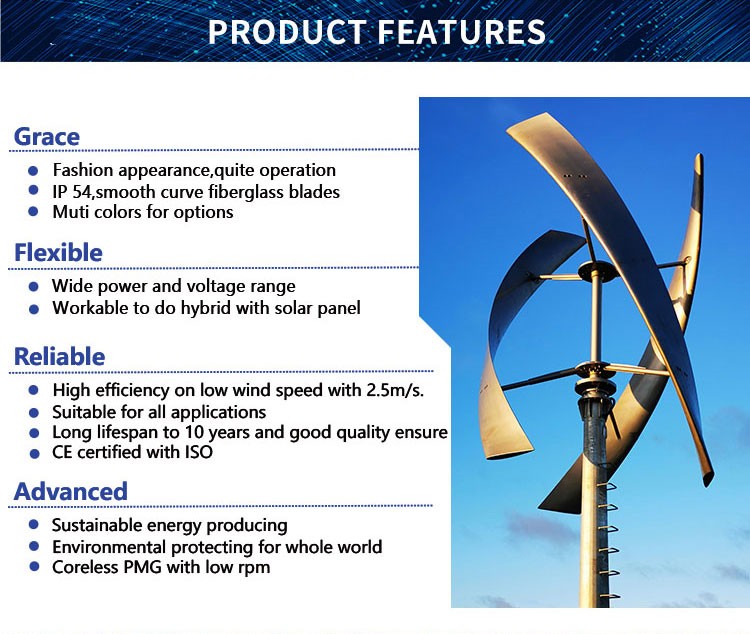
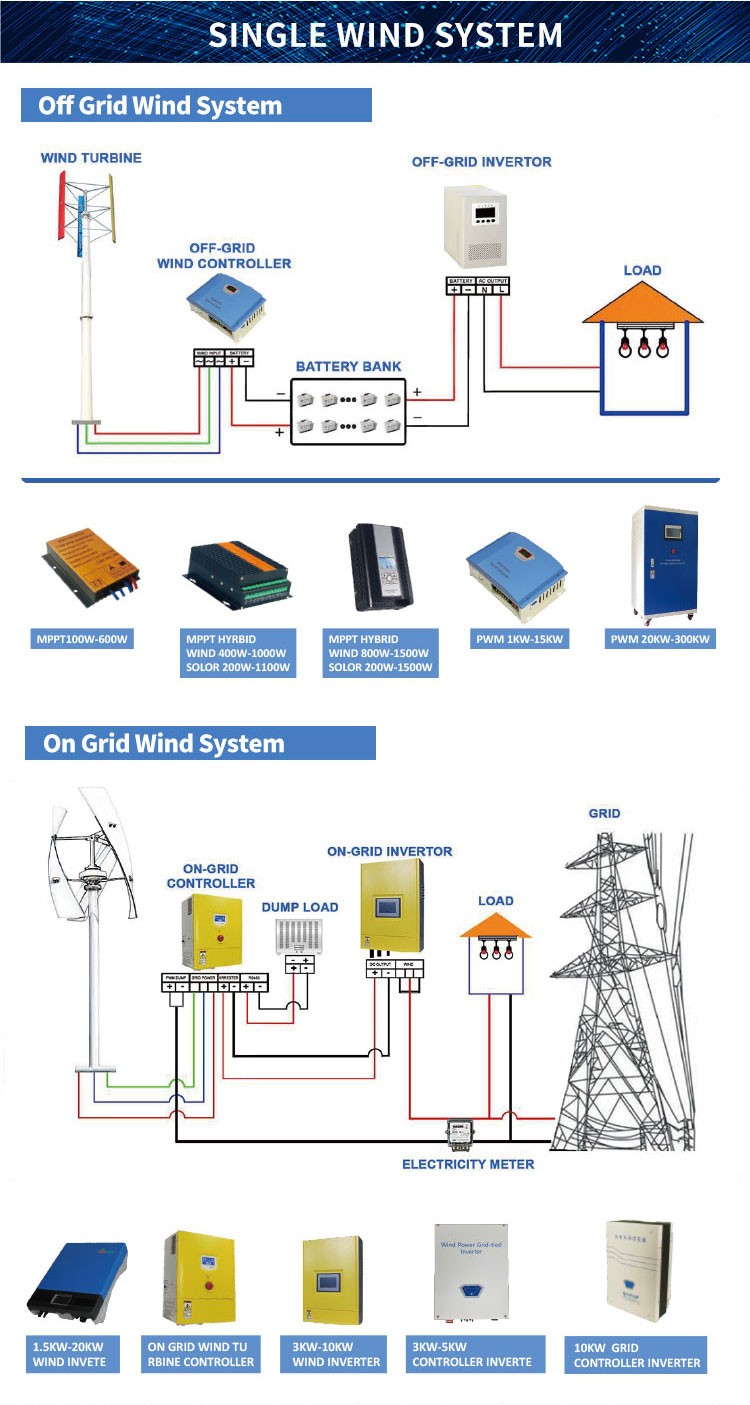
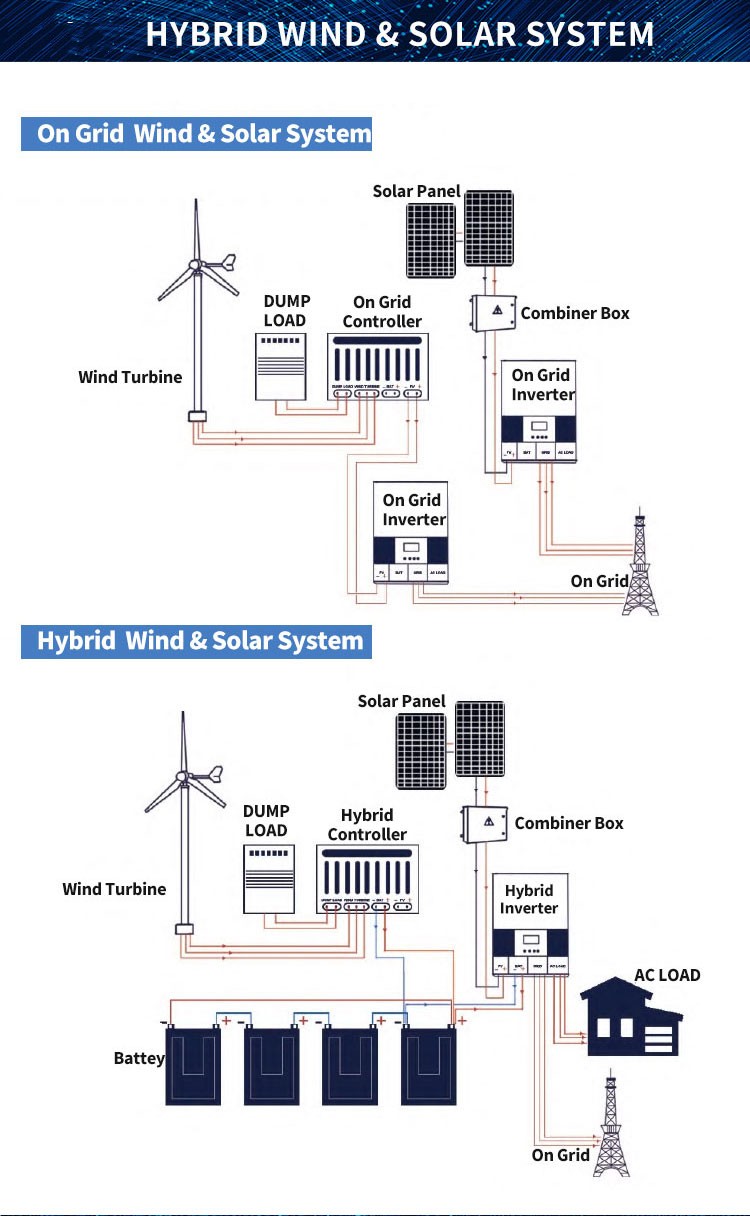
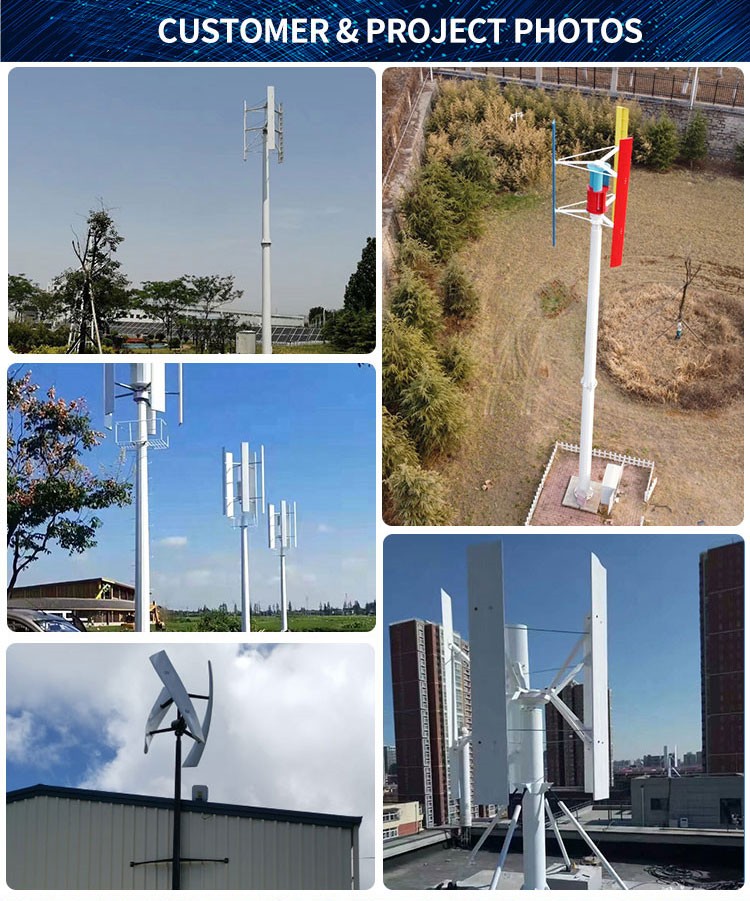
Wind turbine generator Product Advantages
Grace
1.Fashion appearance, quite operation
2.IP 54, smooth curve fiberglass blades
3.Muti colors for options
Flexible
1.Wide power and voltage range
2.Workable to do hybrid with solar panel
Reliable
1.High efficiency on low wind speed with 2.5m/s.
2.Suitable for all applications
3.Long lifespan to 10 years and good quality ensure
4.CE certified with ISO
Advanced
1.Sustainable energy producing
2.Environmental protecting for whole world
3.Coreless PMG with low rpm
Wind turbine generator Product parameters
Generator Case: Casting Aluminum Alloy
Blades Quantity: 3
Blades Material: Glass Fiber
Control System: Electromagnet
Generator Protection Grade: IP54
Work Environment Temperature: -25℃~+45℃
Work Environment Humidity: ≤90%
Altitude: ≤4500 m
Overspeed Protection: Electromagnetic Brake
Overload Protection: Electromagnetic Brake And The Unloading Unit
Application Scenario:Household, Communication base station, Farm, RV, Yacht, Street lamp monitoring
Product Description
A vertical-axis wind turbine (VAWT) is a type of wind turbine where the main rotor shaft is set vertically, as opposed to the more common horizontal-axis wind turbines (HAWT), which have a horizontal main shaft.In a VAWT, the rotor blades are attached to the central vertical shaft and the turbine can spin regardless of the wind direction.The blades can have a variety of shapes, such as straight, curved or twisted, and can be made from various materials including aluminum, fiberglass or carbon fiber.VAWTs have several advantages over HAWTs, including simpler design and construction, and they can be installed in areas with lower wind speeds. Additionally, they produce less noise and vibration, and are less harmful to birds and bats.
However, VAWTs also have some disadvantages, including lower efficiency compared to HAWTs, due to the vertical orientation of the rotor blades, and a higher cost of maintenance due to the more complex mechanism of the turbine.
Installation tips for wind turbines
wind turbines are a promising source of renewable energy. However, installing them can be a complicated process. Here are a few tips to help ensure successful installation of a wind turbine.
1. Site selection:
The ideal location for a wind turbine is an open area with constant wind flow. It is important to take into account factors such as surrounding terrain, proximity to overhead power lines, and zoning regulations. Consult with an expert to determine the best location for your wind turbine.
2. Foundation:
The foundation is a crucial component of the wind turbine. A strong foundation will ensure that your wind turbine is stable and secure. The type of foundation required will depend on the location and size of the turbine. Consult with a professional to ensure the proper foundation is installed.
3. Tower installation:
Wind turbine towers need to be installed upright and secured to the foundation. The installation of the tower should be done carefully to ensure stability and safety. Always follow the manufacturer’s instructions and consult with an expert for guidance.
4. Wiring:
Wiring the turbine to the grid is an important step. This should be done by a licensed professional and in compliance with local regulations and safety codes. Proper wiring will ensure that the electricity generated by the turbine is safely transferred to the grid.
5. Maintenance:
Maintenance of the wind turbine is essential to ensure its optimal performance. Regular inspections and cleaning of the blades, hub, and tower are crucial. Consult with the manufacturer for specific maintenance instructions and schedule routine maintenance visits with a professional.
In summary, installing a wind turbine can be complex and requires specialized knowledge and expertise.
